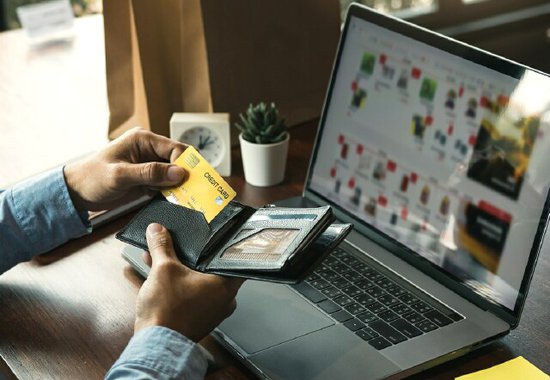Source: www.mediavillage.com, June 2021
The pandemic is nearly behind us. Schools across the country will be reopening in the fall. That sound you’re hearing is a collective sigh of relief from parents who’ve had to double as homeroom teachers for the past 12 months.
Even though summer is still a couple weeks away, it’s time for marketers to start planning their back-to-school campaigns. And like virtually everything else, BTS shopping is going to be a little different this year.
For one thing, a lot more of it is going to be digital. Online purchasing increased 35 percent from January 2020 to January 2021 [1], and overall digital sales are expected to grow 20 percent this year [10]. Sixty-six percent of parents say they plan to do most of their BTS shopping via the Internet this summer [2].
Students who spent the last year wearing sweatpants and flip flops will need to refresh their wardrobes. Parents are planning to spend more on clothing for their teens this year [3], and two-thirds of Gen Z plans to spend more on fashion in 2021 than they did last year [4].
We’ve identified four key trends brand marketers need to be aware of as they prepare for the BTS shopping season.
1. Parents are Hungry for Guidance and Support
Despite their enthusiasm for a return to classrooms, parents remain concerned about their children’s well-being. While more than half say they have a larger BTS budget this year, they’re still keenly focused on getting the biggest bang for their buck.
Parents are turning to online content to help them make their purchase decisions [2]:
- 38% want back-to-school shopping guides
- 35% need advice on how to help kids safely return to school
- 1/3 are looking for tips on how to save money
Branded custom content and shoppable gift guides can help you reach parents as they’re making these decisions. At Verizon Media, we know that presenting the right information in the right context will inspire shoppers to take action. RYOT Studio, our branded content agency, can help you develop immersive consumer experiences, and connect with audiences at key moments during the customer journey.
2. Consumers are Seeking New Experiences
Nearly three quarters of Americans changed their shopping behavior during the pandemic [1], and a big part of that change involved trying new things.
About 40 percent say they switched brands in 2020 — twice as many as in 2019. Millennials and Gen Z led the way, with 44 percent saying they switched, versus 35 percent of Baby Boomers. Four out of ten of those younger consumers say a key factor driving that change is whether a brand’s values align with their own [3].
Increasingly, people are open to new experiences and shopping in new ways. Innovative formats like augmented reality ads or shoppable videos, which allow consumers to make purchases from directly inside content, provide readers with opportunities for unexpected discoveries.
Learn more from our “Commerce Beyond Covid” report on seven trends shaping the future of how we shop.
3. Want to Get Gen Z’s Attention? Use Personalized Ads
Increasingly, parents are also asking their kids what to buy. Our research shows that students have a significant influence on more than half of the major BTS categories, including electronics, school supplies, clothing, fitness goods, food and arts & crafts. [2]
According to our April 2021 study, half of people aged 18 to 34 shop exclusively online. One in four Gen Z shoppers say online advertising has become more influential in their purchase decisions, and 64 percent pay more attention to brands and products tailored to their interests [2].
Younger shoppers expect personalized ads and respond more favorably to them. Brands can increase engagement with this growing demographic by providing relevant interactive content, shoppable video and email marketing.
To learn more about how to reach Gen Z shoppers, check out our “Young and Influential” eBook.
4. Personalization is Key
Consumers are looking for a hyper-personalized experience. Forty percent of shoppers have utilized personalized ad recommendations over the past six months, with a 92 percent higher conversion rate over non-personalized native image ads [5].
By leveraging unified ID solutions like Verizon Media’s ConnectID, brands can evolve their communication strategy and speak more specifically to different segments of their audience, leading to increased conversions.
Verizon Media’s Dynamic Product Ads (DPA) allow brands to build intuitive shopping experiences that are built for creativity, yet mindful of a user’s specific interests. DPA dynamically pulls creative content from a brand’s product feed, and serves it based on each user’s unique online shopping behavior.
Ready to Get Started?
For this back-to-school shopping season, work with a trusted partner that knows how to operate at scale. Verizon Media allows you to easily buy immersive, personalized and innovative brand experiences in the No. 1 ranked DSP from Adweek [9], reaching nearly 900M users globally. [6]
With new partnerships such as Shopify for small businesses, extended reach on digital out of home, and our content suite available through Verizon Media Immersive, Verizon Media’s ad solutions can help you capture attention, build trust, and meet consumers wherever they are.

